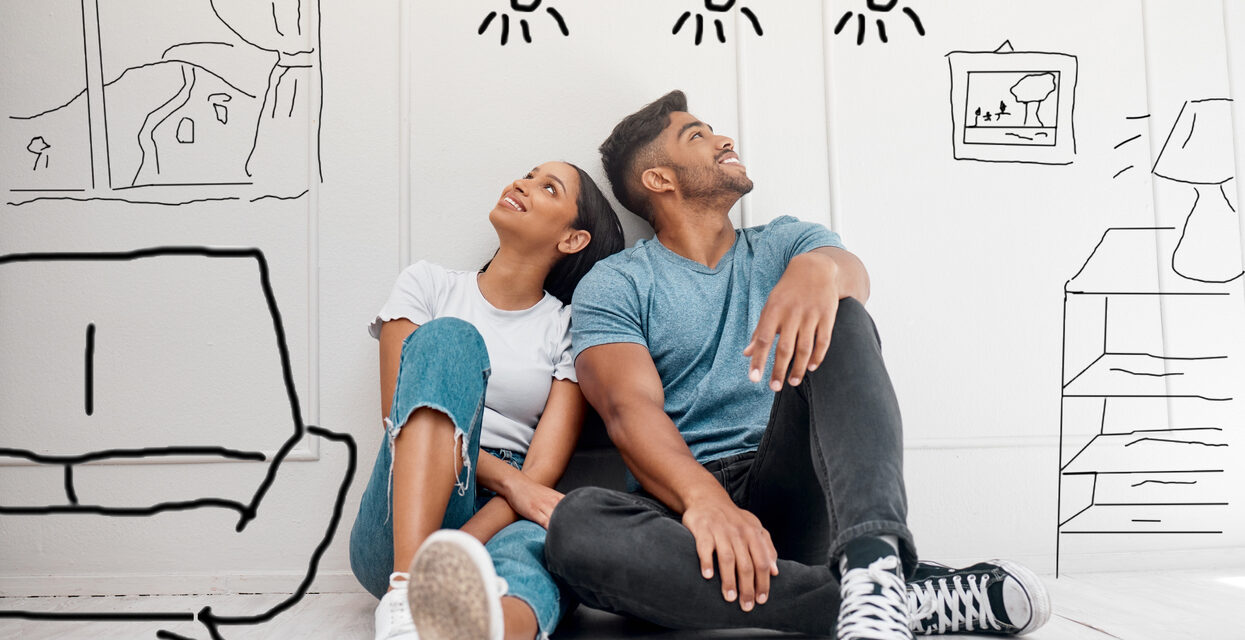Financial Advice NZ. Article originally published in Stuff.co.nz.
OPINION: It’s becoming clearer that high interest rates are the only thing standing between many people and their first home.
Not too long ago it was high house prices caused by the fear of missing out that accompanied Covid lockdowns, but that’s no longer the case.
One estimate shows after-tax pay for a typical first-home-buying couple, based on median pay rates for 25 to 29-year-olds, increased by an average $5 a week in July this year alone.
At the same time, Real Estate Institute figures show the national lower quartile house selling price declined by $3000 to $587,000 in July.
Sure, they’re not big changes, but they are something positive for first-home buyers and might encourage them to start looking again after a long spell of uninspiring statistics.
But then you look at interest rates, and the repayments needed to service even a reasonable-sized loan, and any positivity from higher wages and lower prices goes out the window.
The latest rates were highlighted by Squirrel chief executive David Cunningham, who pointed out the average rate on home loans has risen from 2.8% in 2021 to 5.3% today. On a $500,000 mortgage that means an extra $12,500 in interest payments each year.
But it doesn’t end there.
Cunningham said that average would climb to more than 7%, meaning a further $8500 in interest payments, “all without factoring in any further moves by the banks to expand their interest margin”.
For some people, that adds up to an extra $20,000 in repayments a year at a time when they are stretched to their financial limits.
So, as a first-home buyer, what can you do to take advantage of lower house prices?
First, you need to understand borrowing from the banks is not easy right now. They are typically demanding a 20% deposit on existing houses and 10% on new builds before they’ll even consider lending.
That means, on the average house price in August of $893,639 you’d have to find a deposit of $178,727 for an existing house and $89,363 for a new build.
Then you would have to satisfy them you could make the regular payments.
But there are other options you could consider.
Shared ownership scheme
One I particularly like is the First Home Partner Scheme run by Kāinga Ora (Housing New Zealand).
This is designed to fill the gap if your deposit and a bank mortgage still isn’t enough to get you into your first home.
It’s a shared-ownership scheme in which Kāinga Ora contributes up to $200,000 or 25% of the house purchase price and co-owns it with you.
You need at least 5% deposit, from savings, KiwiSaver, a Kāinga Ora First Home Grant, or family contributions. Kāinga Ora’s contribution will be considered by your bank as part of the deposit.
The shared ownership will be determined by the size of your deposit, how much your bank is willing to lend you, and how much Kāinga Ora will contribute.
For example, if you have 20% of the purchase price and your bank is willing to lend you 60%, Kāinga Ora will put in the remaining 20% and in return gets a 20% share of the ownership in the home.
To qualify you need to be earning less than $150,000.
Once you buy your house, you have to meet Kāinga Ora regularly to work out a plan to do your best to buy its share within the first 15 years, and you must purchase it in full within 25 years.
You must also live in the house for at least the first three years, and you cannot sell it without their permission.
First Home Grant
As I said above, you can build your deposit by way of the Kāinga Ora First Home Grant of up to $10,000. You can qualify if you’ve been contributing to KiwiSaver for at least three years, and how much you get depends on how much you earn and the type of home you want to buy.
You can apply either before you find a house or after you have had an offer accepted, but it’s recommended you apply for pre-approval.
Loan guarantee
Another way of buying your first home is to agree to have Kāinga Ora guarantee (underwrite) payments on your home loan with your bank.
You still need a 5% deposit, but there’s no cash investment by Kāinga Ora, so it doesn’t own part of the house. It does charge a small fee to insure the mortgage.
This option allows your bank to give you a mortgage it would otherwise not be able to approve.
To qualify, your household income must be $95,000 or less if you’re an individual without dependants, $150,000 or less if you’re an individual with one or more dependants, or $150,000 or less (combined) for two or more buyers.
You can find further details on all this at kaingaora.govt.nz.
Non-bank lenders
If you don’t qualify for any of these because you earn too much, you could look around at non-bank mortgage lenders.
There are many of these, and they often have packages that allow you to borrow what you need without having to find the high deposit the big banks require.
Interest rates may be higher, but the upside is you’ll get into your first house sooner.
In the good old days when we got our first house, interest rates were 10.5% and there was no assistance for first-home buyers.
We had been overseas on our OE and saved one income while living off the other, and that allowed us to have a deposit when we returned.
There are many ways to gather your first deposit – it takes time, commitment, and sometimes thinking creatively.
As my financial adviser would say, do your sums and shop around for the best deal. If you are unsure, get advice from friends, family or a professional mortgage adviser.
– ENDS –





